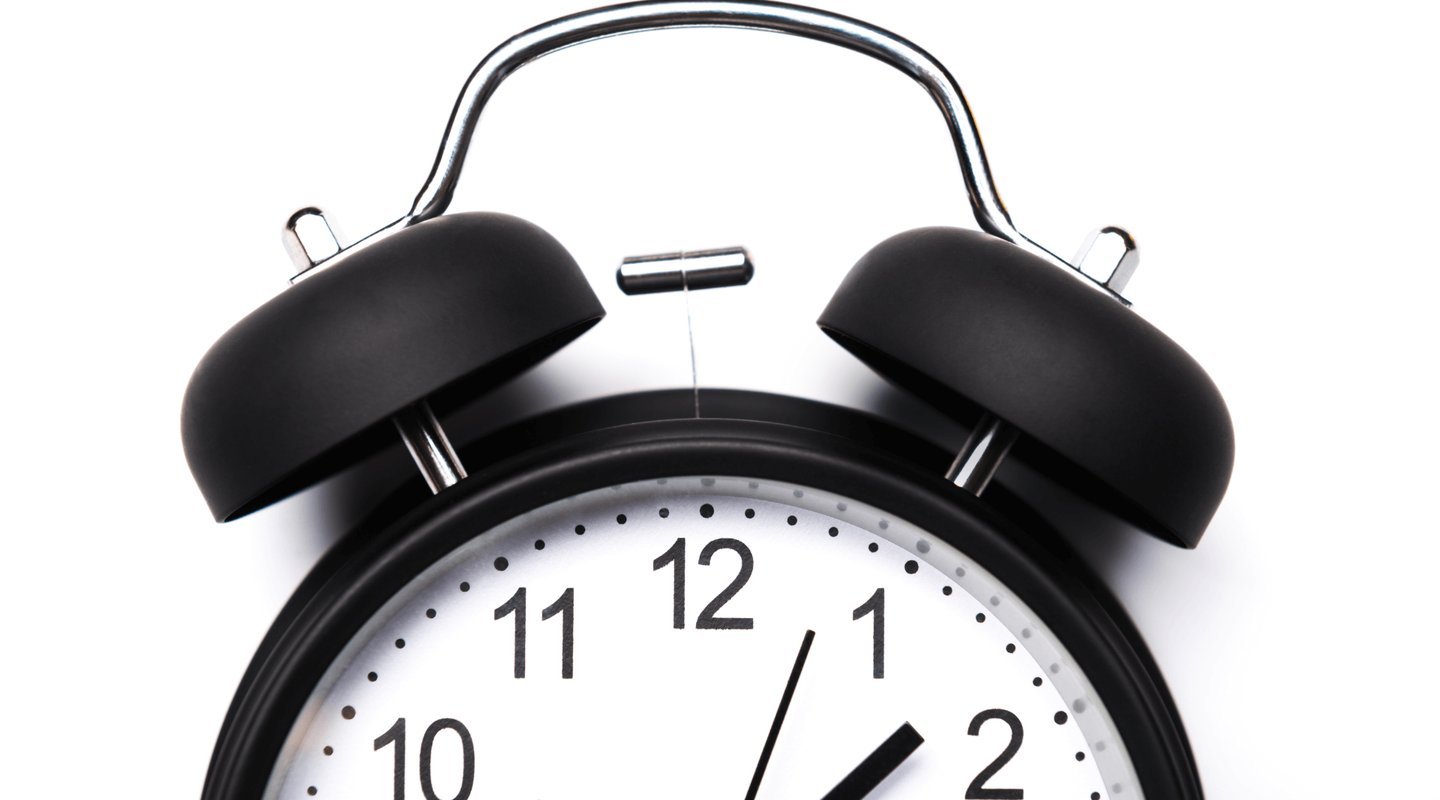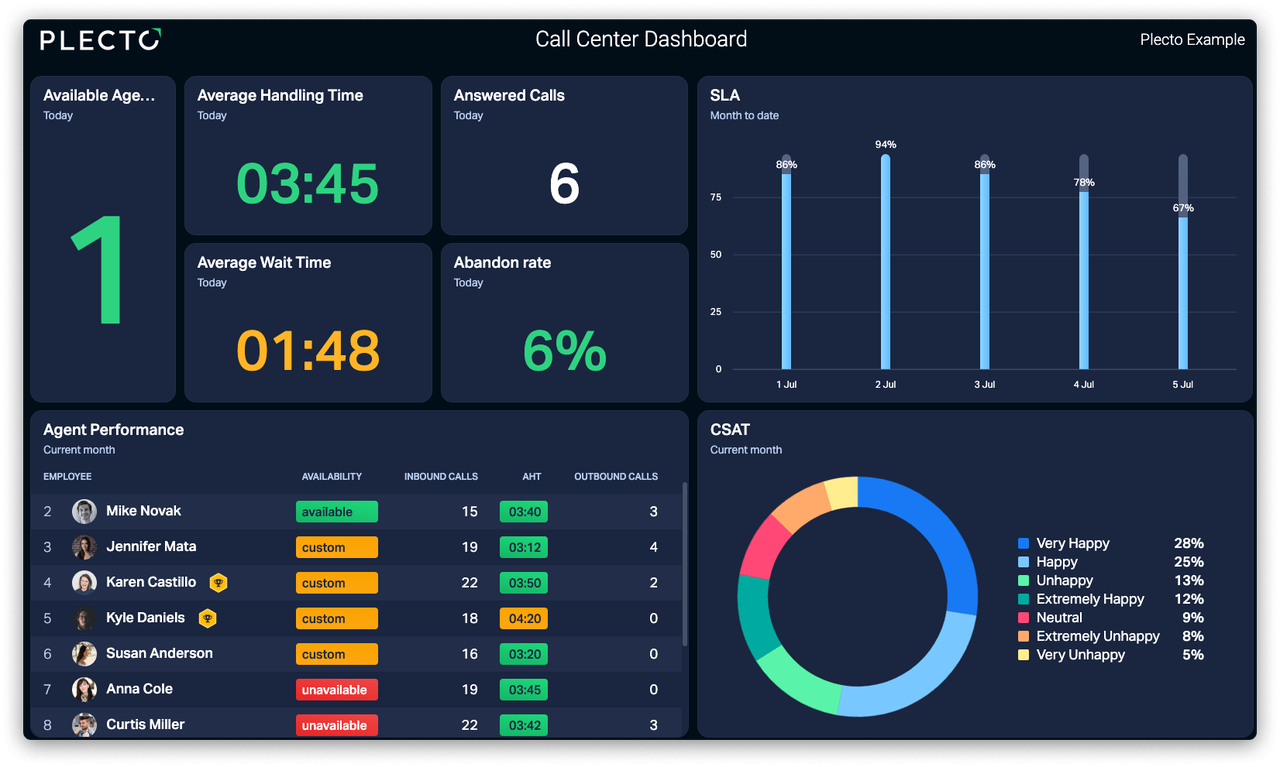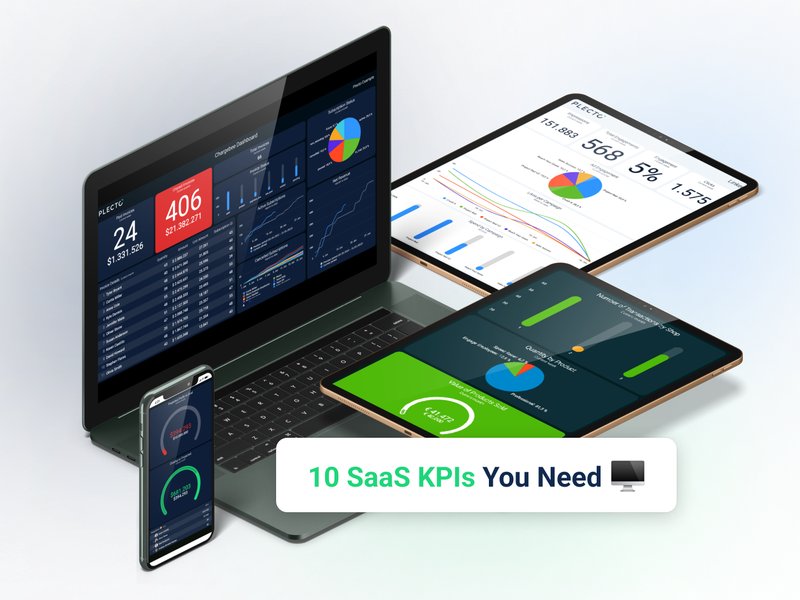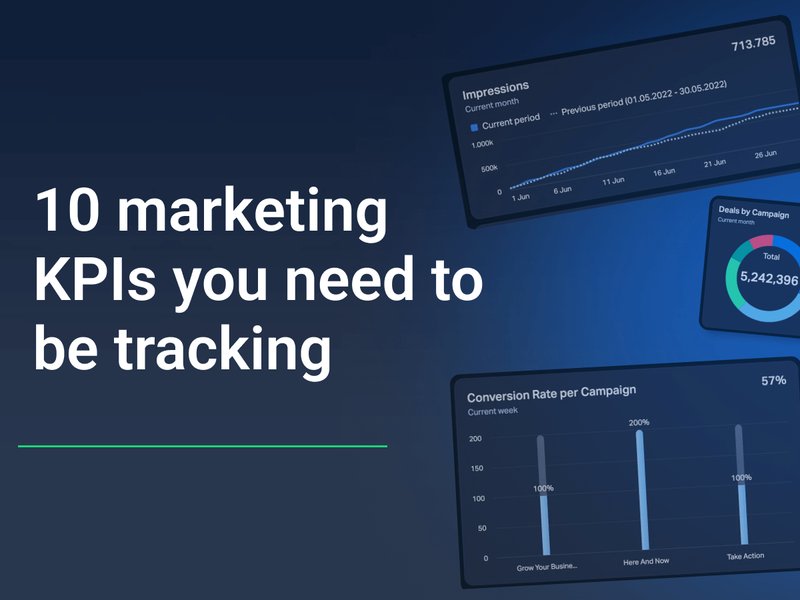As competition grows alongside customers’ expectations, many companies cite customer service as a key strategic focus in their ongoing quest to retain customers. Accordingly, leading companies are investing heavily in uncovering what their customers want – and how to deliver it.
According to Zendesk research, 89 percent of customers say that response and resolution speed are the most important aspects of customer service. As call volumes increase and time-pressed customers demand immediate resolutions to their issues, average handle time (AHT) has become a critical call center KPI.
What is average handling time, and why does it matter?
Average handling time is a crucial metric for assessing a call center’s efficiency. It measures how long it takes, on average, to handle a call from start to finish. It measures the whole process – not just the actual conversation, but also hold time and post-call administrative work.
Lowering AHT can help companies cut support costs and retain customers by providing the quick responses and fast resolutions their customers expect.
How is average handling time calculated?
To accurately calculate average handling time, it’s essential to include all of the relevant data. This means adding up the duration of everything that happens from the time the call connects to a customer service rep until the ticket is closed, including:
- Talk time
- Hold time
- Post-call admin time
The easiest way to calculate average handling time is to add up the total time spent on these activities for all calls within a specified period, and then divide it by the number of calls handled in the same period:
total duration of all calls ÷ number of calls = average handle time
What’s a good target AHT?
The short answer is that an AHT of around six minutes is broadly considered a good target. The longer answer is that some industries naturally attract more complicated inquiries, so a good target for your industry might be longer or shorter than six minutes.
In 2021, Talkdesk published a report that included average handle times by industry. The report omitted time spent on post-call work, instead calculating average handle time based on talk time and hold time. Still, it highlights the variation in average handling time across industries:
- Consumer/Professional Services – 3 minutes, 56 seconds
- Media/Communications – 3 minutes, 45 seconds
- Hospitality – 3 minutes, 11 seconds
- Retail/E-commerce – 3 minutes, 29 seconds
- Telecom – 2 minutes, 36 seconds
Ultimately, the best AHT for your call center is the one that meets or exceeds your customers’ expectations. Looking at your customer satisfaction score (CSAT) can offer insight into how well your team is meeting expectations.
3 Ways to Improve Average Handling Time
Blindly chasing a lower AHT can potentially result in poor customer satisfaction. Haste makes waste – service that’s “too efficient” can increase support costs while decreasing customer satisfaction when issues aren’t fully resolved, requiring repeat calls to rectify the same issue. Here are three ways to improve average handle time while striking the right balance between quality and efficiency of service.
1. Streamline your processes with guides and cheat sheets
Standardizing processes around the most common inquiries gives phone reps a roadmap to follow, eliminating unnecessary time-wasting steps while ensuring consistent quality of service. Many companies already provide customer-facing knowledge bases and other support tools, yet they fail to offer similar resources to their customer service teams. Given the high turnover in many call centers, resources like these can be especially useful as new employees get up to speed.
Build your first dashboard.
Start your 14-day free trial today
2. Give your reps the right tools
Research has found that 42 percent of customer service reps are unable to efficiently resolve customer issues due to disconnected systems, archaic user interfaces, and multiple applications – and all of these scenarios increase average handle time. Fortunately, there are off-the-shelf systems that can sync data from the CRM, helpdesk software, and other systems into a “collaboration hub” for a complete view of each customer’s interactions with the company. This relatively small investment could pay big dividends in terms of AHT and customer retention.

3. Provide self-service support options
With omni-channel support becoming the gold standard, self-service tools can reduce call volume and help customers resolve their issues more efficiently. Identify the most repetitive customer inquiries and introduce tools like knowledge bases, FAQs, and video tutorials to help handle them. Self-service tools can provide high levels of customer satisfaction – if they provide quality information that’s easy to navigate. 90 percent of consumers surveyed report having used self-service tools to find answers while research shows that 73 percent of customers want the ability to solve issues on their own, and 53 percent think it’s important to resolve their own issues instead of relying on customer service reps.
Calculate Staffing Requirements to Meet Your Target
The Erlang Calculator can help determine, based on 5–10 parameters, the number of staff required to meet your average handle time target.
Whether you decide to streamline processes, introduce new tools or simply increase staffing levels, there are plenty of effective options to help you meet your average handling time goals.




